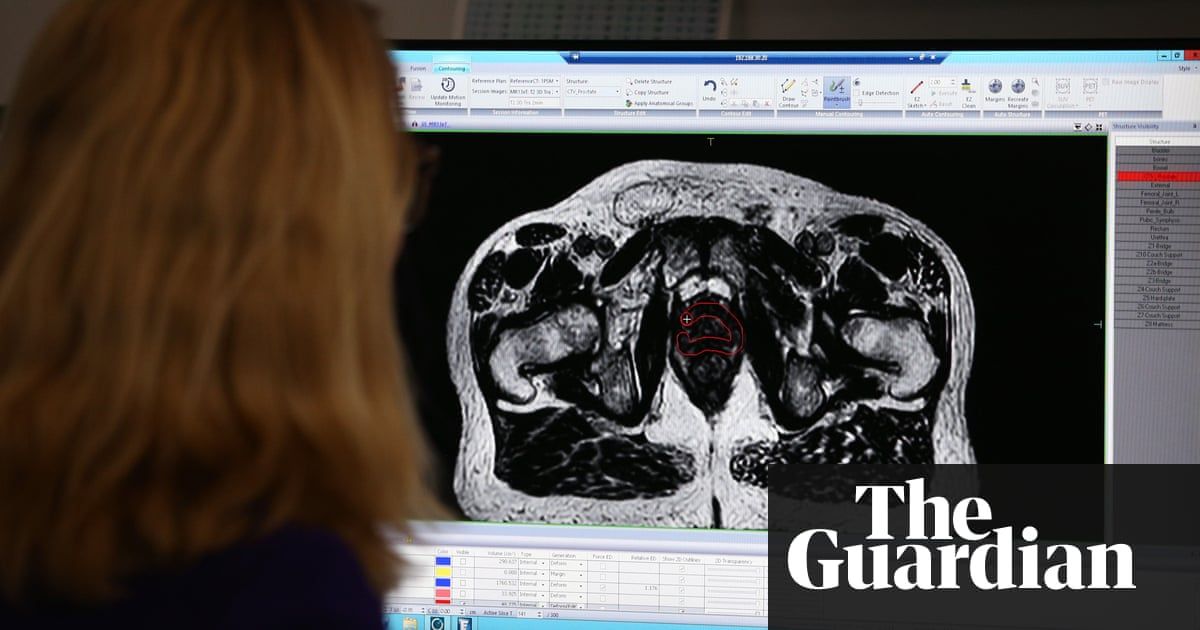Investigating a line of old, abandoned research led to Arigos’ innovation.




Congratulations to the Forest Organics team and their awesome new site — https://www.myforestorganics.com/


Could deafness be reversed? Scientists re-grow damaged hair cells that have been killed off by age or noise inside the ear…
Researchers from the University of Rochester found that viruses, genetics and even existing drugs could cause little hairs to regrow in the inner ear. These hairs pick up on noises entering the ear.

Earlier this year, we hosted the Ending Age-Related Diseases 2018 conference at the Cooper Union, New York City. This conference was designed to bring together the best in the aging research and biotech investment worlds and saw a range of industry experts sharing their insights.
Joe Betts Lacroix of Y Combinator and Vium discusses the different ways in which entrepreneurs can focus on overcoming the diseases of aging, namely direct, indirect, and money-first approaches, and the strengths and weakness of each.
Joe was the primary technical founder of hardware/software startup OQO, which entered the Guinness Book of World Records for building the smallest fully featured PC. His experience spans from biotech research to electronics design. Very experienced in invention, prosecution and monetization of intellectual property, he has over 80 patents granted and pending in fields ranging from biophysics and safety systems to antennas, thermal systems, user interfaces, and analog electronics. He has written numerous peer-reviewed publications in fields such as biophysics, genetics, electronics, and robotics. Joe holds a Harvard A.B., an MIT S.M. and a Caltech research fellowship.
A single PET scan is over 3k.
A new study delivers the dark financial reality of cancer.

Researchers healed mice with a genetic metabolic disorder that also affects humans by using a new editing tool to target and correct genetic mutations.
Some babies are born with the metabolic disorder phenylketonuria and need a special diet so that the amino acid phenylalanine doesn’t accumulate in the body. Excess phenylalanine delays mental and motor development. If left untreated, the children may develop mental disabilities.
The cause of this metabolic disorder is a mutation in a gene that provides the blueprint for the enzyme phenylalanine hydroxylase (Pah). The enzyme, which is produced by the cells of the liver, metabolizes phenylalanine.